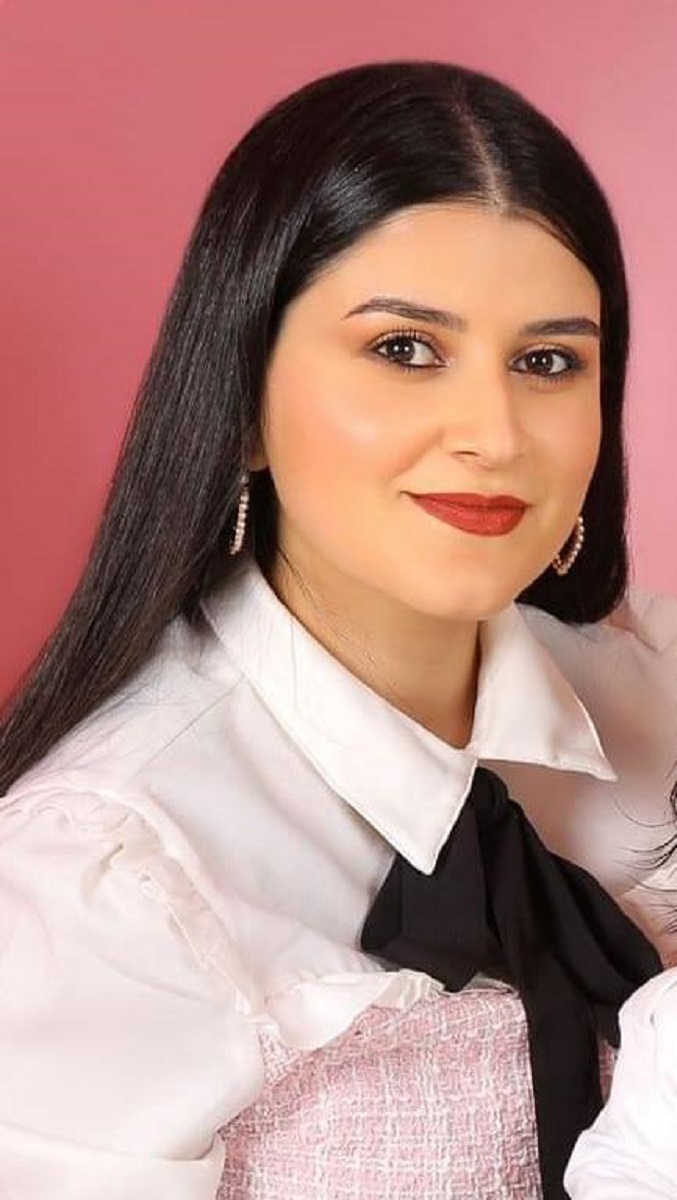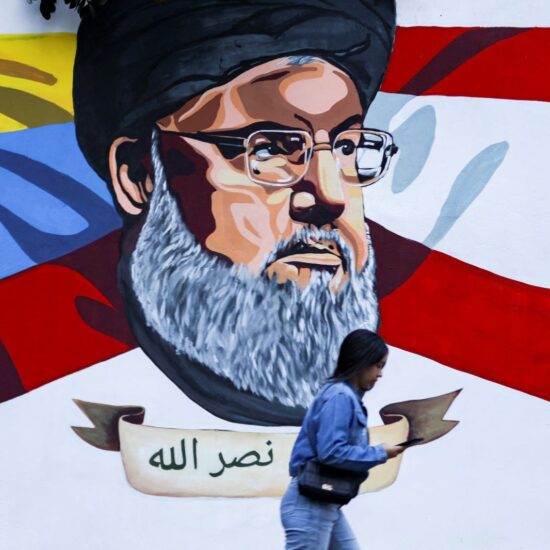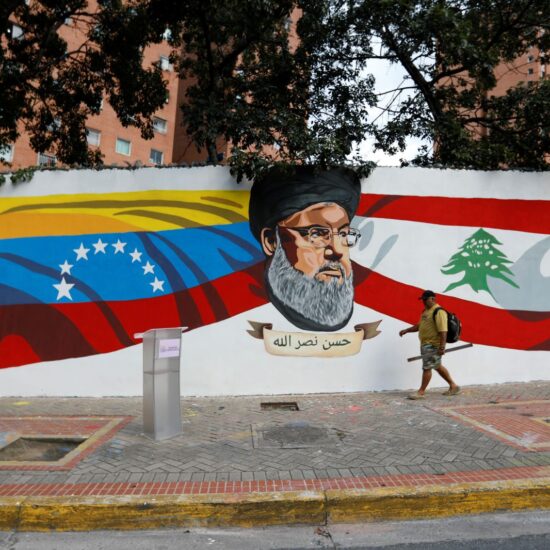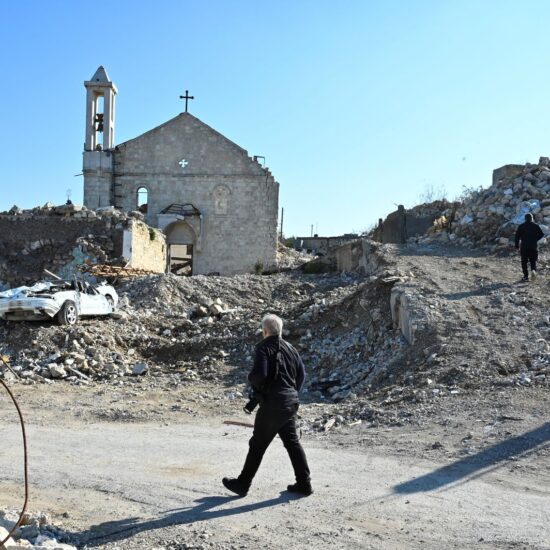
Several of Lebanon's heritage buildings, many of which reflect the country's rich cultural and historical diversity, are in urgent need of renovation and maintenance but face neglect due to a lack of government support and economic difficulties.
An Ottoman-era soap factory in Tripoli’s old city is crumbling due to a lack of proper restoration and funding. The Sad Ein Soap Factory is an iconic symbol of Lebanon’s rich soap-making tradition. It produces traditional olive oil-based soap, a renowned craft of which the region is renowned for.
However, the building now risks collapsing due to decades of neglect, structural damage, and lack of maintenance. Weakened by exposure to the elements, the factory’s walls are cracking, and the roof is deteriorating, with no significant government or private sector support for its renovation.
The building’s fragile state, compounded by Lebanon’s ongoing economic crisis, threatens not only a piece of the country’s cultural heritage but also the preservation of a centuries-old craft that once thrived in Tripoli. Without urgent intervention, this historic landmark may soon be lost forever.
The souks of Tripoli, which are among the oldest in Lebanon, have also deteriorated significantly, among other historic places like the 18th-century palace in Sidon which is known for its Ottoman architecture and unique interior designs, is suffering from neglect. Although it houses a museum, funding for repairs is inconsistent.
From great grandfather to great grandchildren, their mission is the same; to preserve the high quality and authentic soap products. One of the co-owners, Ziad Adra spoke to NOW more about the state of the factory.
“I take immense pride in the legacy of this historic building. The factory was established over 200 years ago during the Ottoman era and has been passed down through generations of my family. It became a key player in Tripoli’s flourishing soap-making industry, producing traditional olive oil soap, which Tripoli is still known for today,” Ziad told NOW.
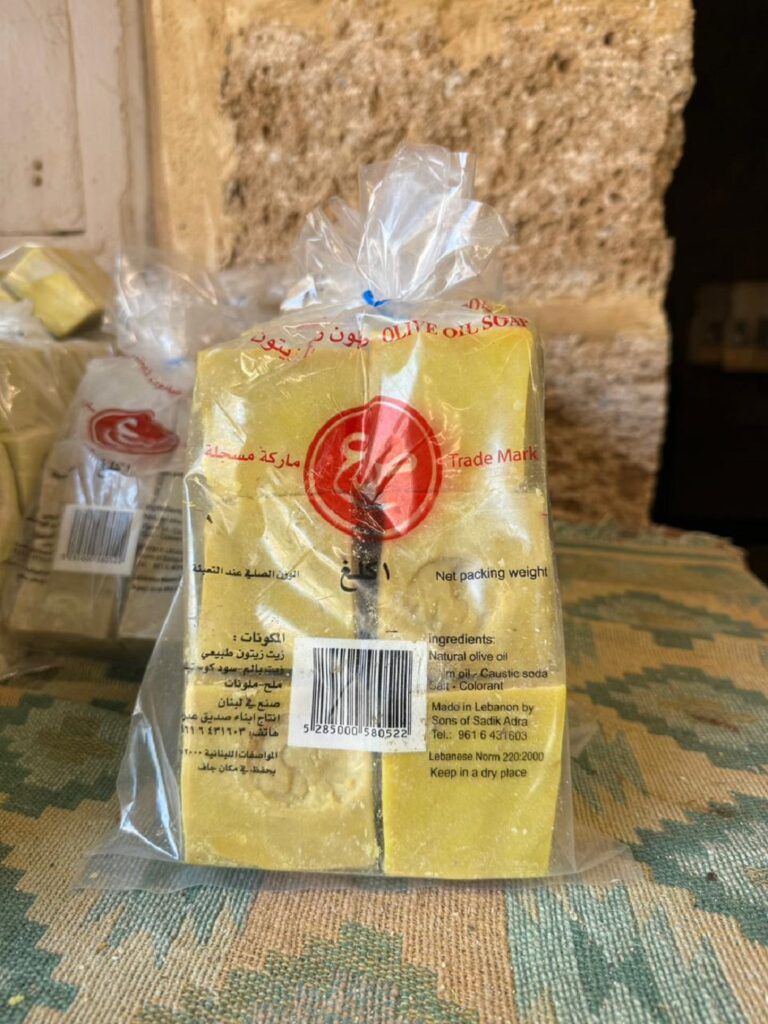
Photo Credit: Ziad Adra
For Ziad, the soap they make at the factory is more than just a product, it symbolizes the deep-rooted connection to the land, the olive groves, and the ancient artisanal techniques.
However, today, the factory is in a dire state. What was once a vibrant center of craft has now turned into a building threatened by collapse.
“The foundation of the building has been weakened over time, exacerbated by years of neglect, and the structure’s wooden beams and stone walls are now dangerously fragile. Despite our best efforts to maintain the factory, Lebanon’s economic hardships have made it impossible to secure the necessary funds for proper renovation,” Explained Ziad
For architects specializing in heritage restoration such as Rola Karam who is an architectural heritage graduate and now works with APSAD NGO, one of Lebanon’s most active organizations in heritage conservation, it is heartbreaking to see this piece of heritage at risk, as it is an iconic site that preserves cultural history for the future generations.
Many buildings reflect Lebanon’s diverse cultural history, spanning from the Phoenician and Roman periods to the Ottoman Empire and French Mandate are left neglected amid government inaction, political instability, and economic crises, making their structures face the risk of permanent damage or loss.
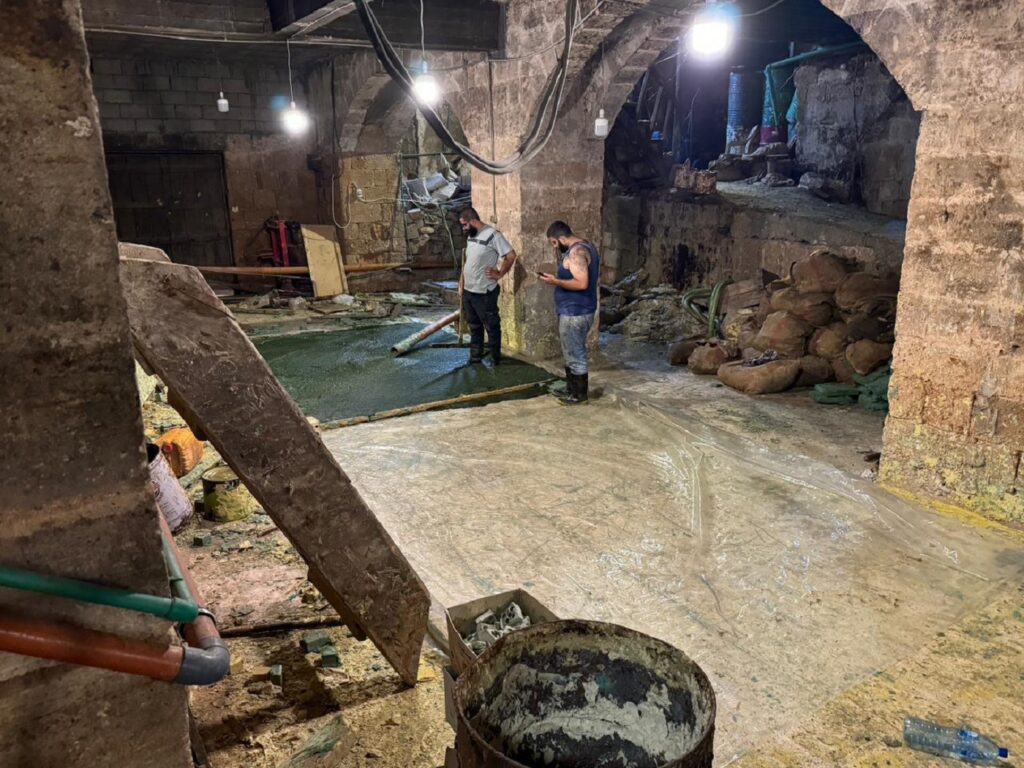
Photo Credit: Ziad Adra
Zahle, a city known for its traditional red-roofed houses, has several heritage homes from the Ottoman and French Mandate periods. Many are falling apart due to the lack of restoration initiatives or financial support from the government.
Similarly, Tyre is home to ancient Roman and Phoenician ruins, including the Hippodrome and the Necropolis, both UNESCO World Heritage Sites. Despite their global significance, these sites receive insufficient funds for proper conservation efforts, according to Rola.
Many historic buildings and heritage sites showcase unique architectural styles or artisanal craftsmanship that are irreplaceable. For Rola, maintaining these structures helps preserve traditional building techniques and artistic heritage that might otherwise be lost.
The traditional soap-making process at Sad Ein reflects a time-honored craft that has been passed down through generations. Preserving such places helps shine a light on Lebanon’s cultural identity, celebrates its craftsmanship, and ensures that future generations can experience and learn from these authentic artisanal practices.
Historic significance
The building features classic Ottoman architectural elements, with its robust stone walls and arched windows reflecting the era in which it was constructed. Its layout includes a series of interconnected rooms, originally designed for the production, curing, and storage of soap.
The building’s interior includes traditional soap vats and drying racks, which are central to its artisanal production. Over time, the factory’s structure has suffered from wear and tear, with noticeable cracks and deterioration affecting its stone walls.
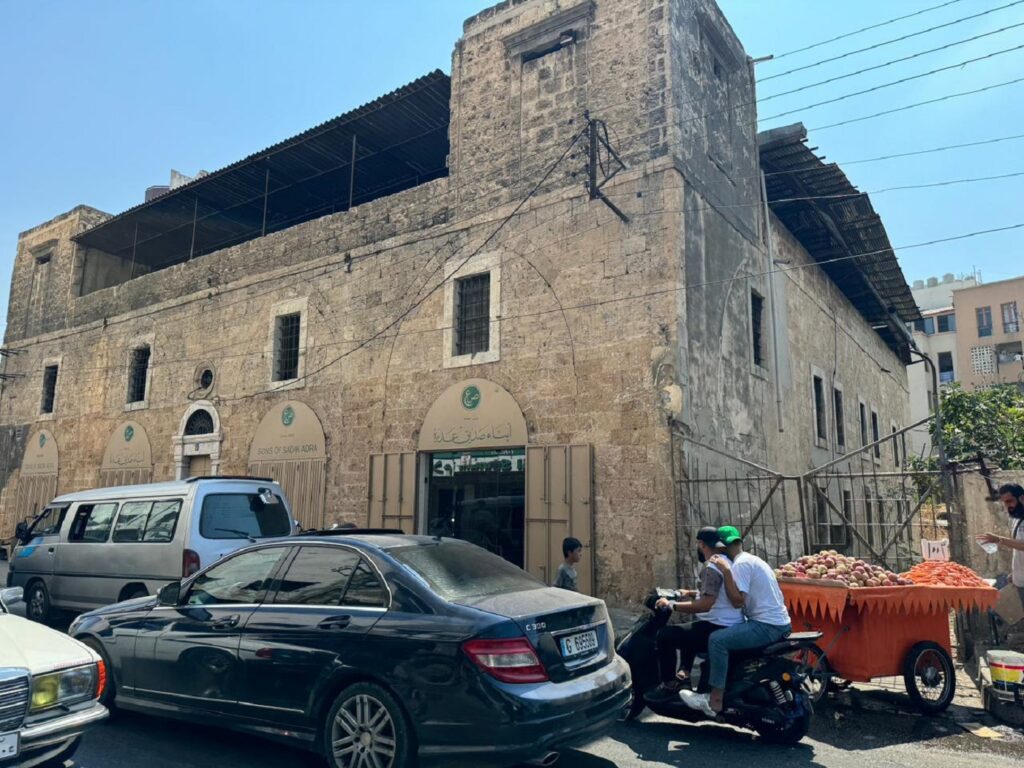
Photo Credit: Ziad Adra
“The soap’s natural ingredients, particularly olive oil, are renowned for their moisturizing and healing properties, offering a healthier alternative to mass-produced soaps, so it is important to note that when customers buy our products, they are not only embracing high-quality, natural skincare but also contribute to preserving a cultural heritage that honors Lebanon’s deep-rooted connection craftsmanship and nature,” explained Ziad.
The co-owners are urgently calling for financial and technical support to preserve and renovate the historic building before it collapses.
Their primary demand is for the restoration of the factory’s structural integrity, as the walls, roof, and foundation have significantly deteriorated due to years of neglect and exposure to the elements, as well as the earthquakes that have hit Tripoli in the past years.
They are appealing for immediate intervention from the Lebanese government, heritage preservation organizations, and international bodies like UNESCO to provide funding and expertise in restoring the building.
Rodayna Raydan is a Lebanese-British journalist. You can follow her on Twitter @Rodayna_462
The views in this story reflect those of the author alone and do not necessarily reflect the beliefs of NOW.


